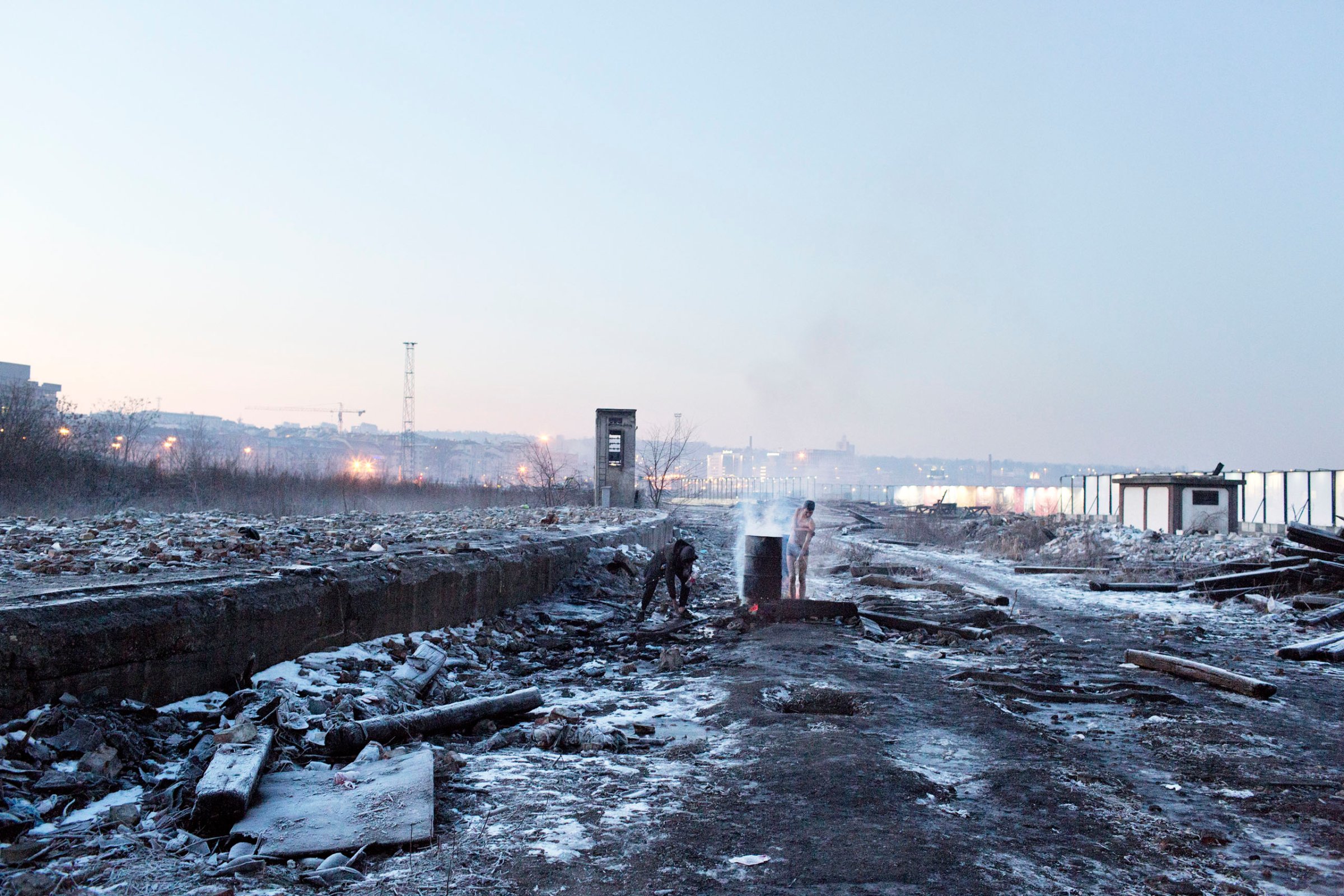
For weeks, thousands of refugees and migrants have faced freezing temperatures in Serbia. Since the European Union and Turkey signed a deal last year to restrict the number of refugees arriving by boat, many have been forced to make the trek through the Balkans to end up in Serbia, a non-European state that shares its borders with Croatia and Hungary.
Faced with a growing humanitarian crisis and criticism from Europe, Serbia says it has opened new camps to house the refugees. But the reality is more complex, says photographer Alessandro Penso, who’s documented the dire conditions refugees face on a daily basis. He talks to TIME LightBox.
Olivier Laurent: What’s happening on the ground?
Alessandro Penso: According to UNHCR figures [PDF], around 7,000 people are stuck in Serbia. At the moment, there are around 1,500 people living on the streets, most of whom are from Afghanistan and Pakistan. The alarming fact is that around 60% are unaccompanied minors. According to the government, around 150 people enter Serbia irregularly every day and half of them are minors. Some have tried to request asylum but have been refused, while others carry expulsion papers.
In autumn, with the temperatures dropping, migrants and refugees looked for places to shelter from the cold and ended up in old warehouses near the train station.
There, they do not receive any assistance. The government has prohibited all humanitarian organizations from helping them in any way. There is just a group of international volunteers, “Hot Food Idomeni,” that hands out a serve of hot soup a day, which, for many, is their only meal. So, they are left to fend for themselves out in the cold with makeshift heating. Entering these places is like going back in time. It’s like something from World War II: people amassed around fires kept alight by burning plastic and other toxic materials. The air is unbreathable and many have respiratory infections from the smoke.
What is happening is a political game, where Europe points its finger at Serbia for its management of refugees, UNHCR suggests not considering Serbia a safe country, Serbia replies that it doesn’t want to enact extreme measures like Europe has done, that it doesn’t want to use force to make people go to camps. Both sides seem to think they are doing better than the other.
But Serbia has a bad record, with the deportation of refugees to Macedonia and Bulgaria several times, so many people are afraid to go to the camps. The camps themselves, with one or two exceptions, offer nothing. And none offer the opportunity for any sort of integration with society.
The fact is that Serbia does not want, and cannot, so it says, take care of these people, so it wants to discourage them from staying, knowing that they want to reach Europe and are just passing through. The situation was created after Hungary started to tighten border controls and build a fence, so Serbia is doing everything it can – by doing nothing – so that the situation can continue to be someone else’s problem.
What do refugees want?
What the refugees want is simply to be able to continue their journey and to reach central Europe, now seen as the El Dorado, a place where it is possible to obtain proper documents, go to school, and start a new life. In the end, they want what we all want – a bit of peace.
How can the situation evolve, in your opinion?
It is difficult to say how the situation could evolve. What Doctors Without Borders (MSF) has done is interesting, setting up five tents without authorization a few days ago. This should shake the situation up a little bit, because on the one hand, the government needs to show it means business for those who have not respected the rules, while on the other, removing tents and “officially” leaving children and sick people out in the cold may force the government to provide a real alternative.
But the truth is that I am skeptical. People passing through are always treated with indifference, everywhere, and the tendency is to leave the problem to the next country, as has happened in years past. No country of transit has ever said, “Why don’t you stay here, we can take care of you so you don’t run any further risks.”
I believe we will see mass expulsions in the future, but I hope I am wrong. Probably, we will continue to leave traffickers to manage the situation – it’s big money for them – and soon the people will disappear from the spotlight again and we’ll stop talking about them again, until the next unsustainable situation presents itself.
Alessandro Penso is a freelance photographer based in Italy. Deeply committed to social issues, his work focuses on the immigration crisis in the Mediterranean Sea, and has been published in numerous international publications.
Alice Gabriner, who edited this photo essay, is TIME’s international photo editor.
Olivier Laurent is the editor of TIME LightBox. Follow him on Twitter and Instagram @olivierclaurent


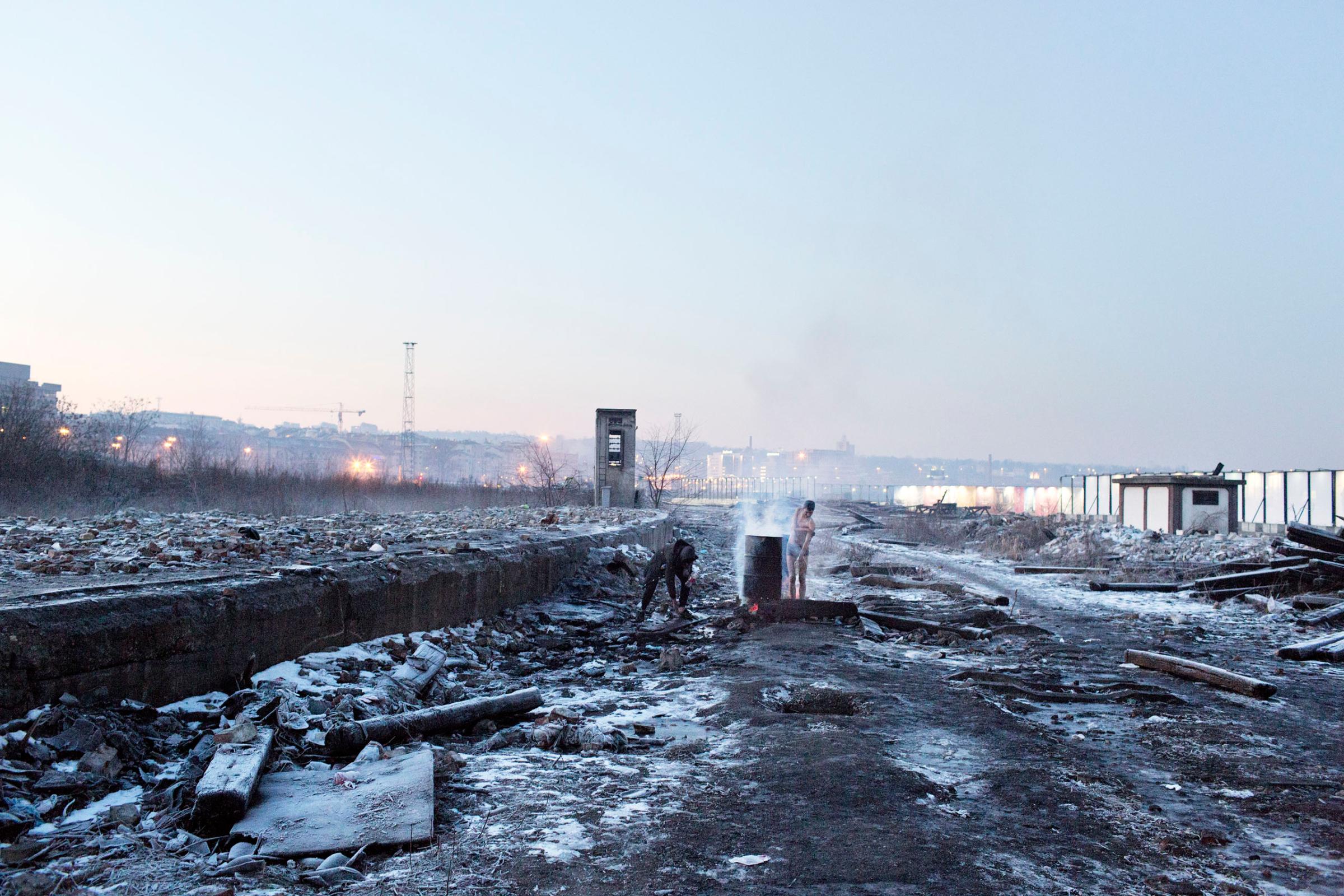
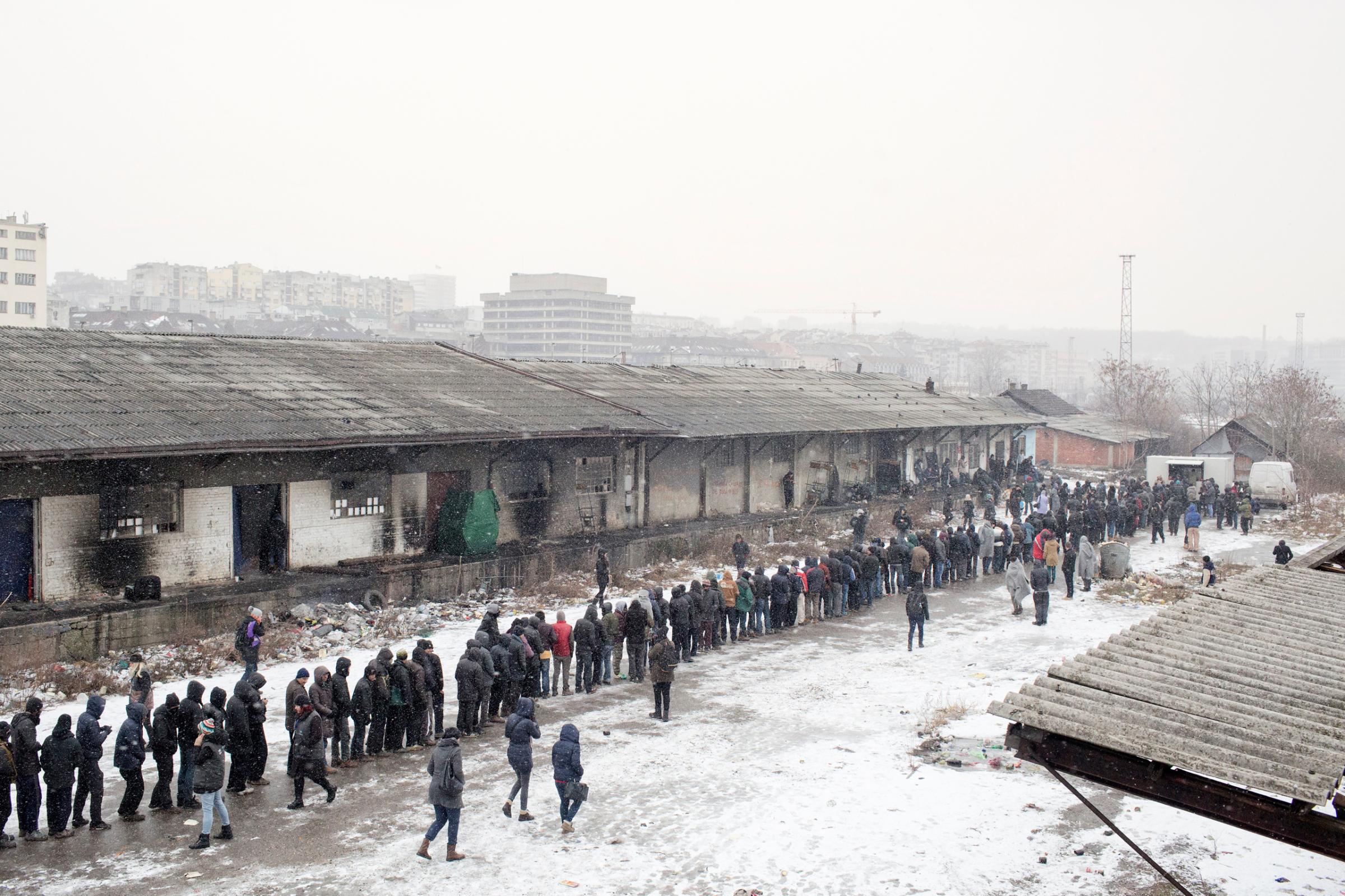
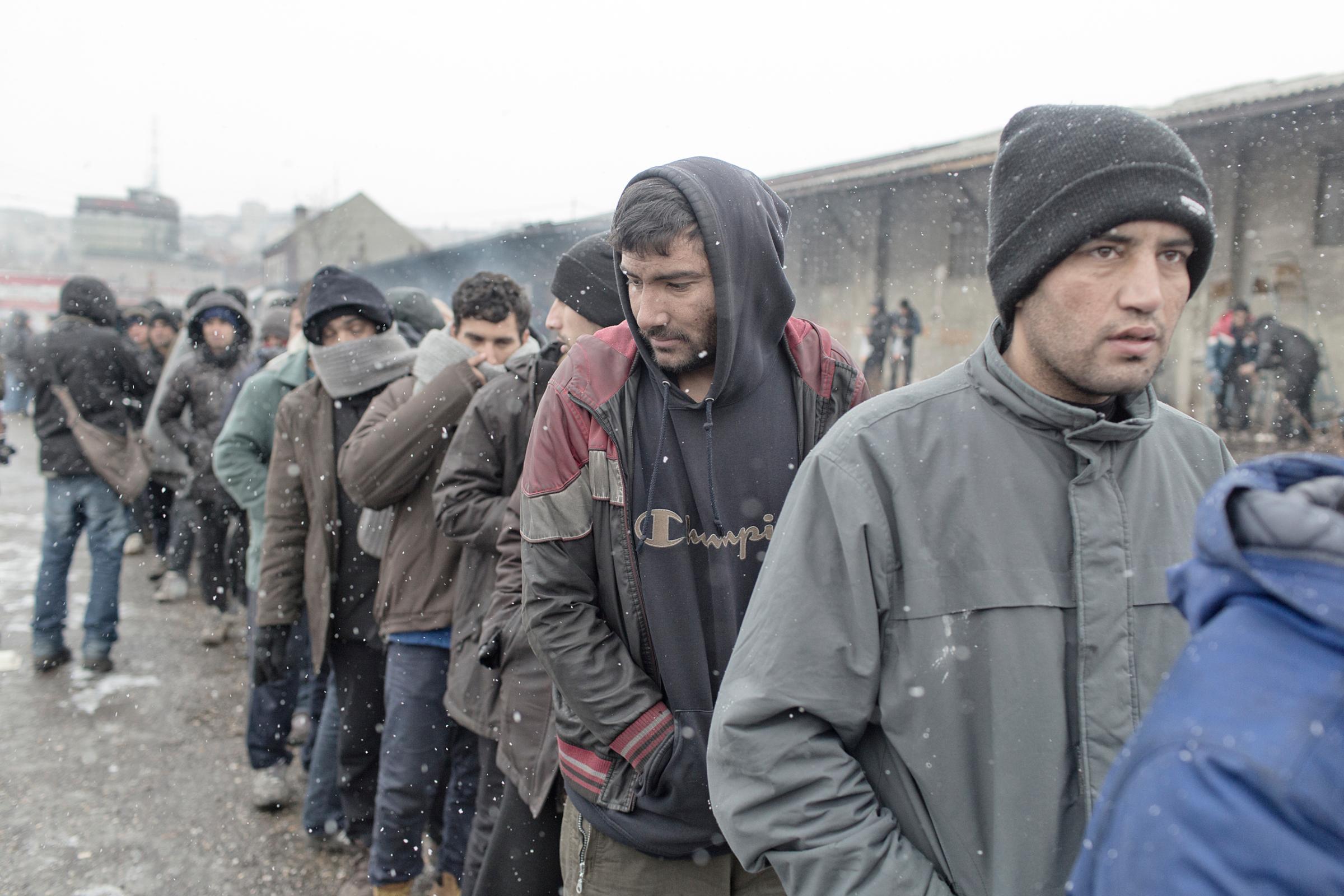
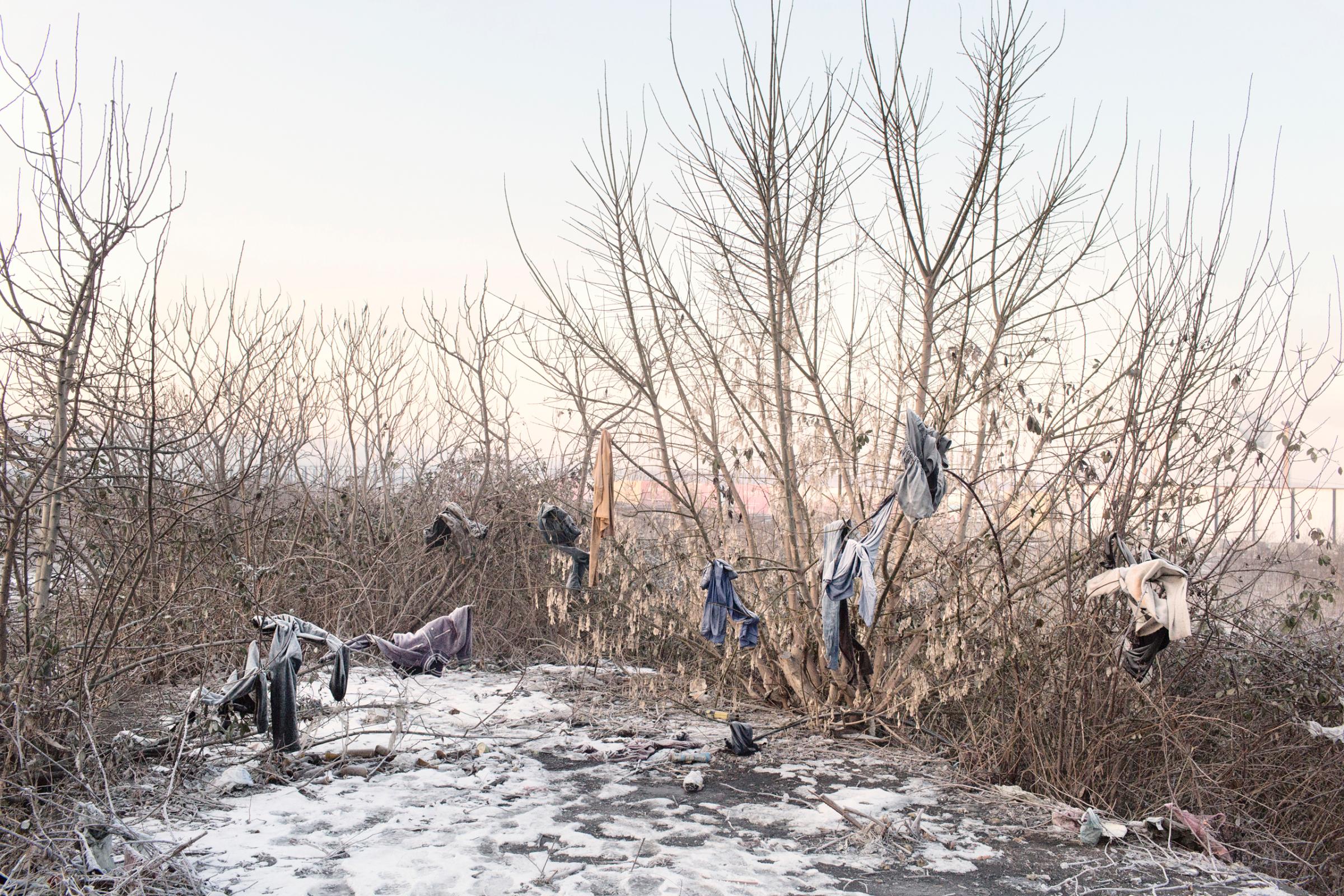

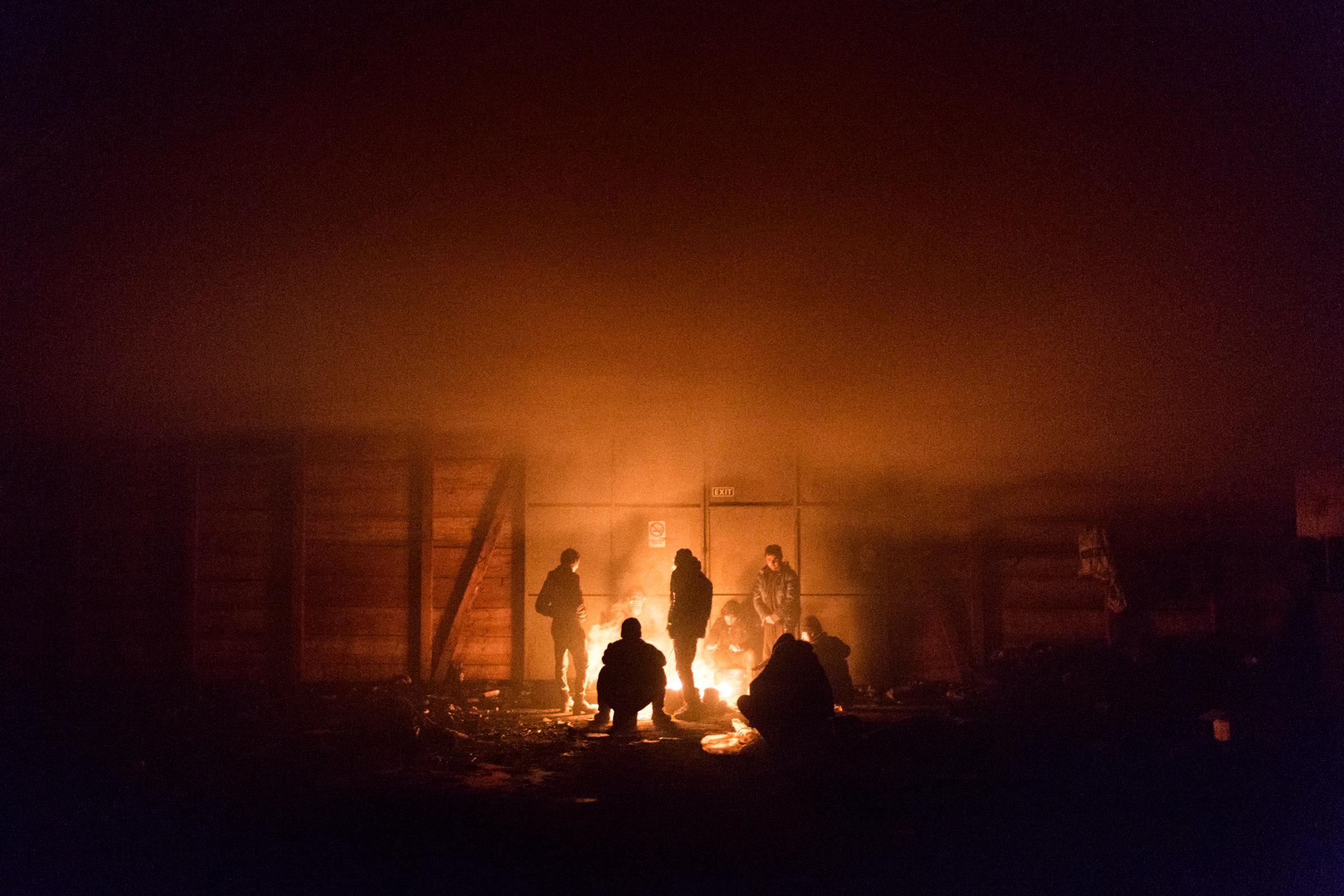
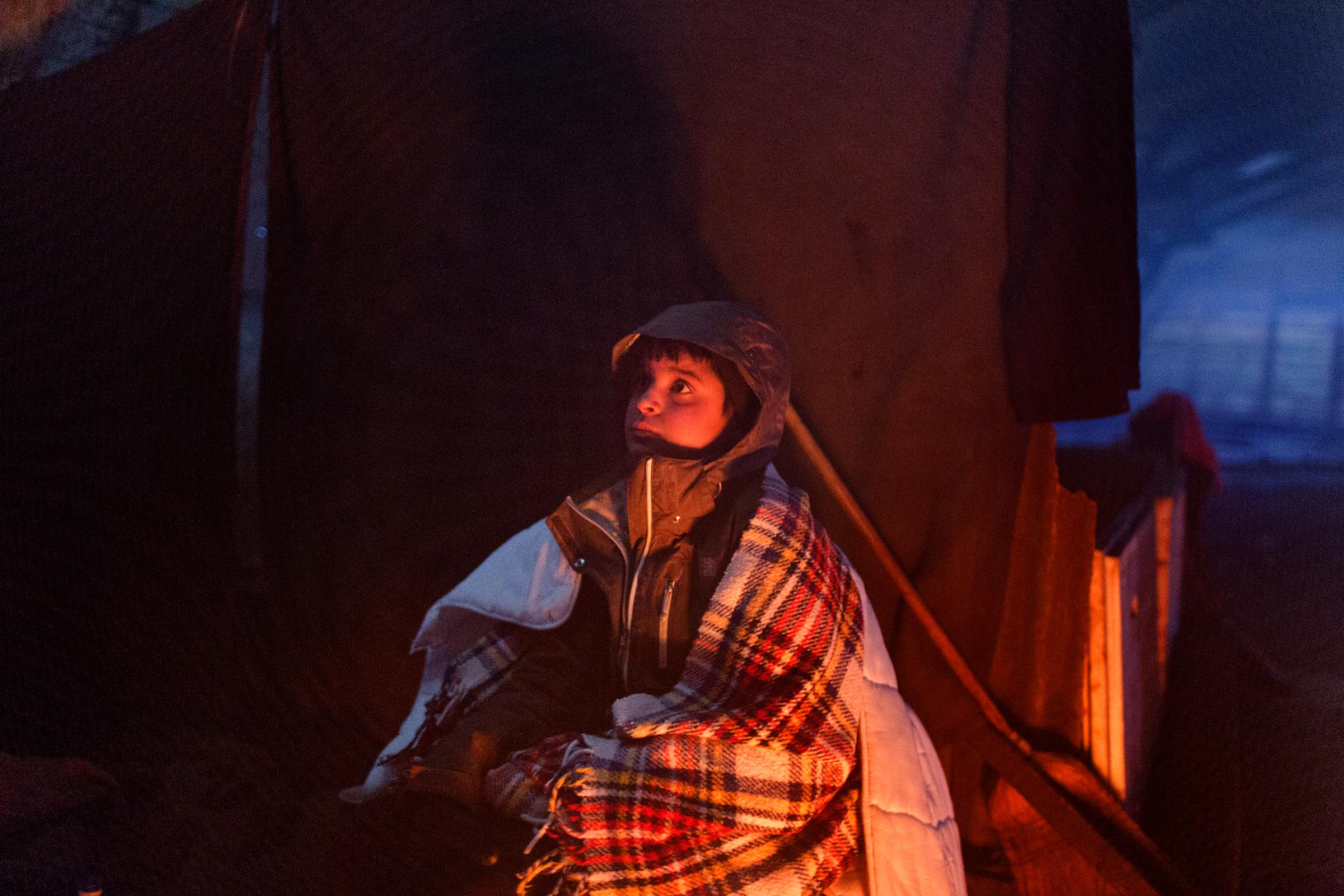
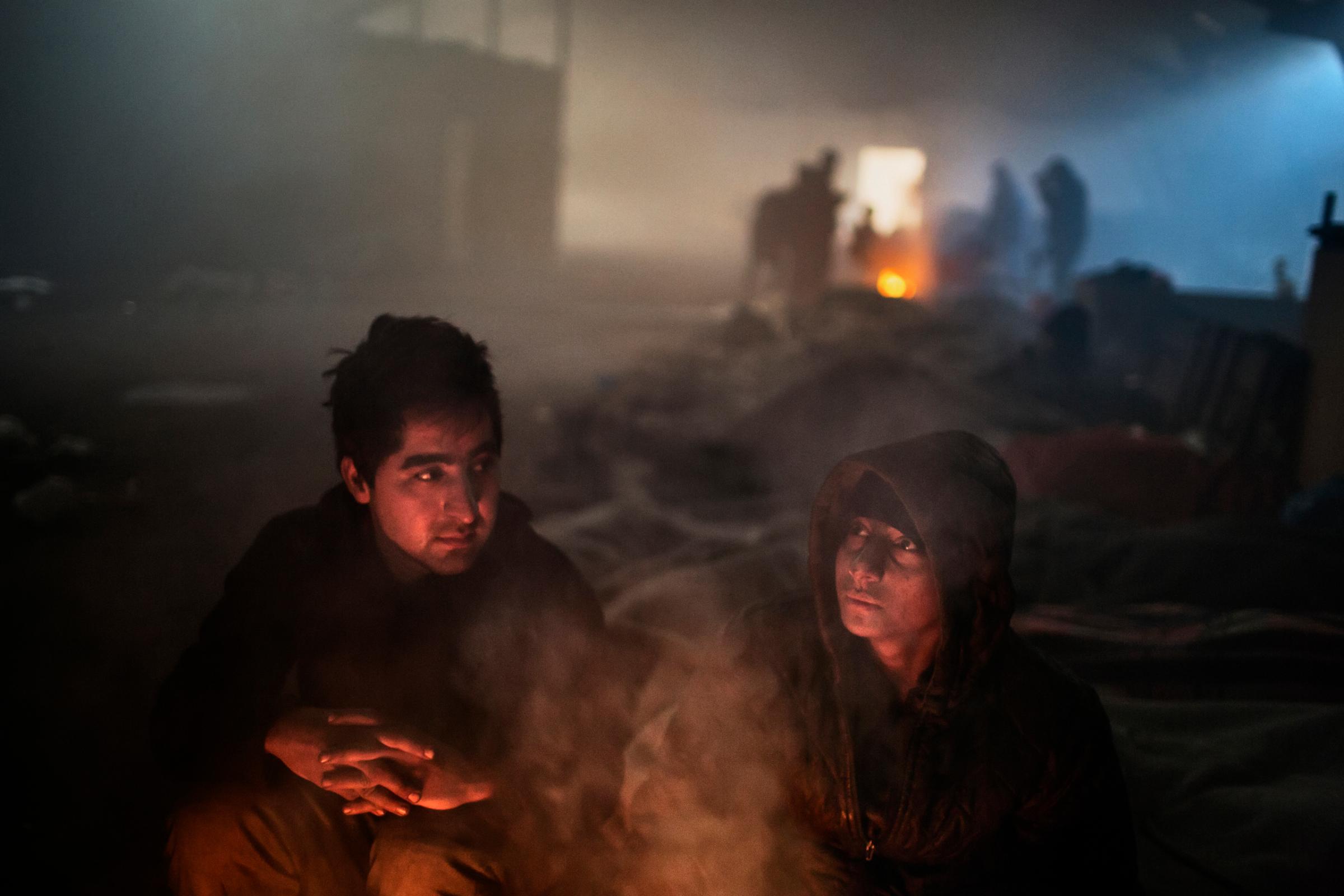


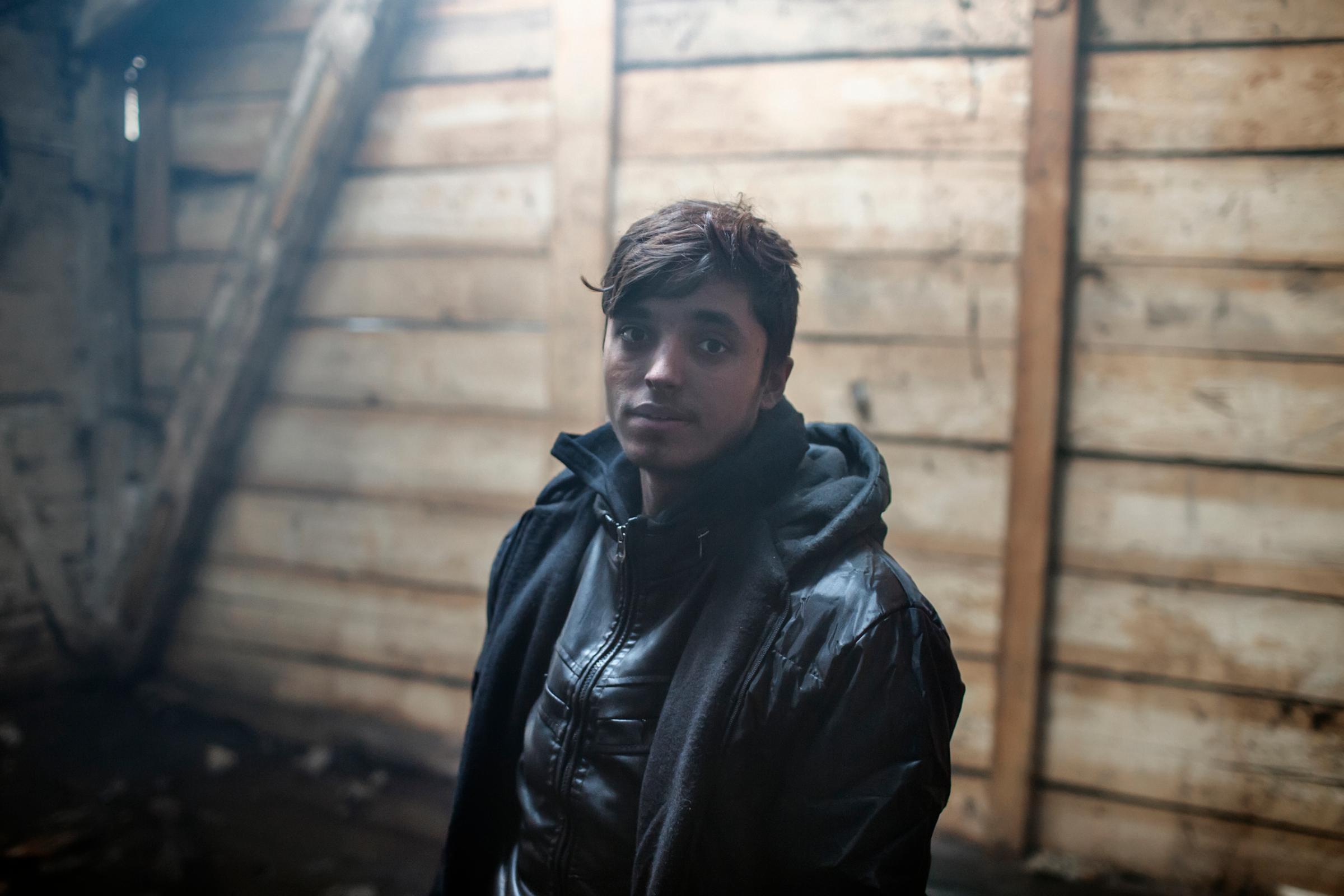
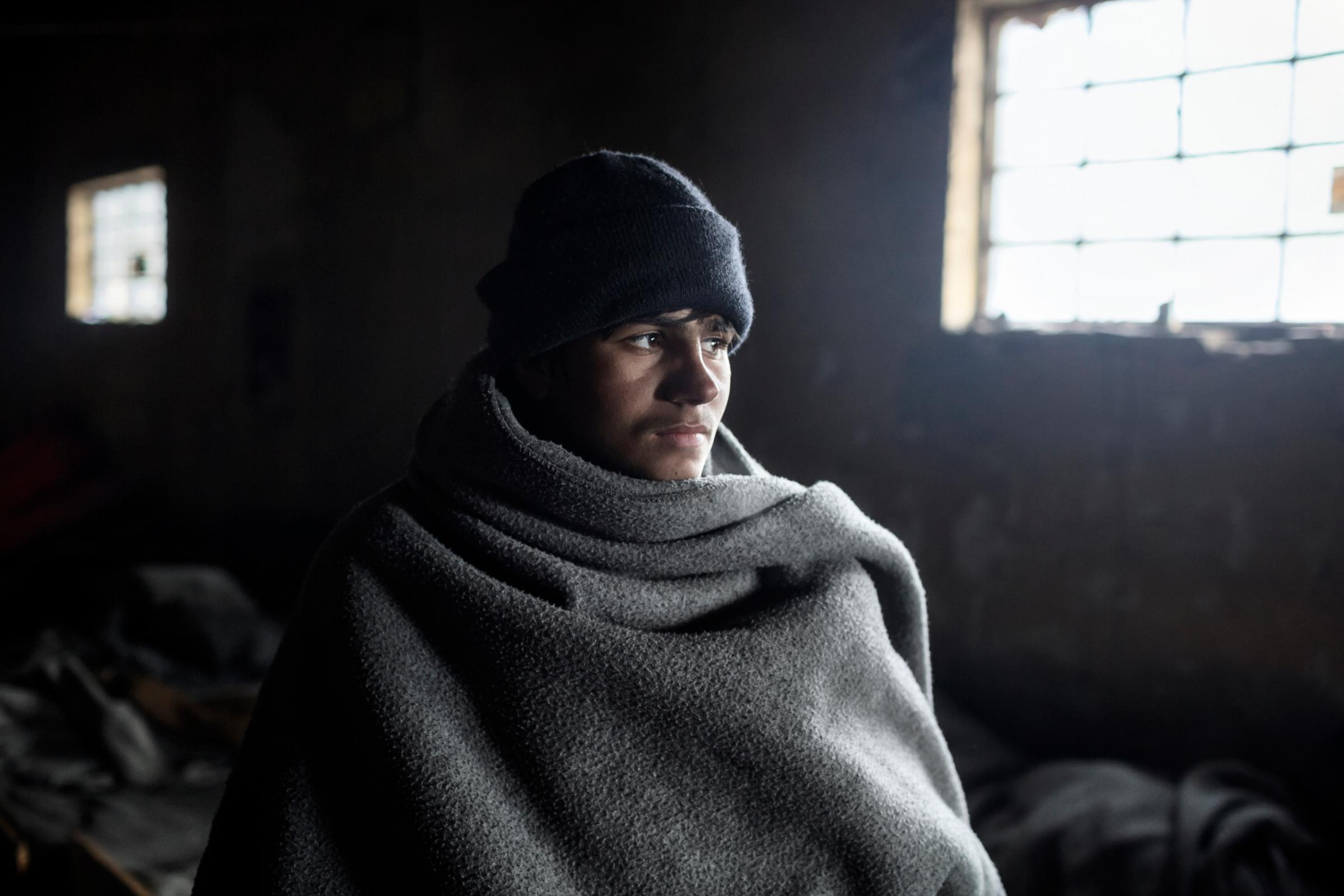

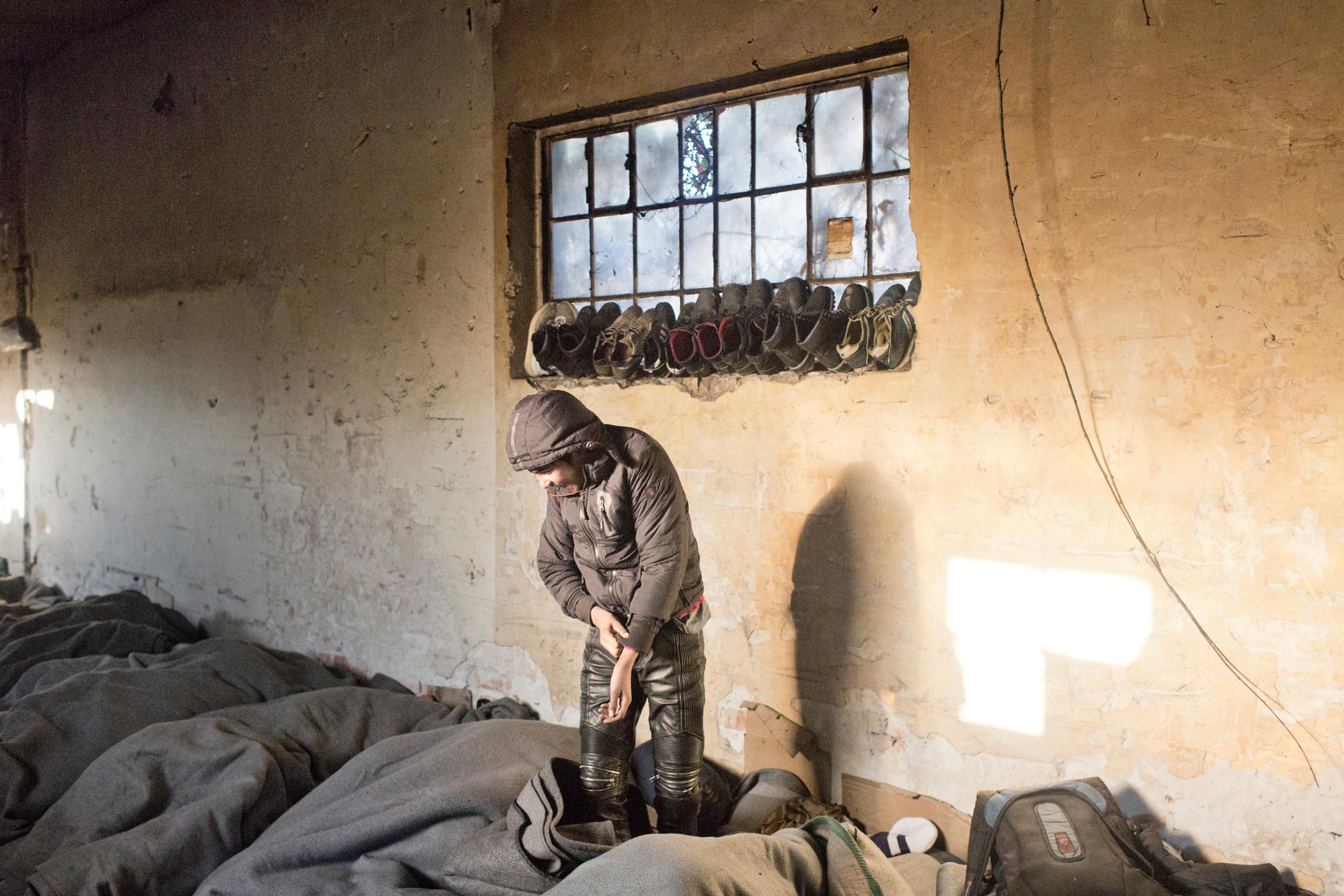
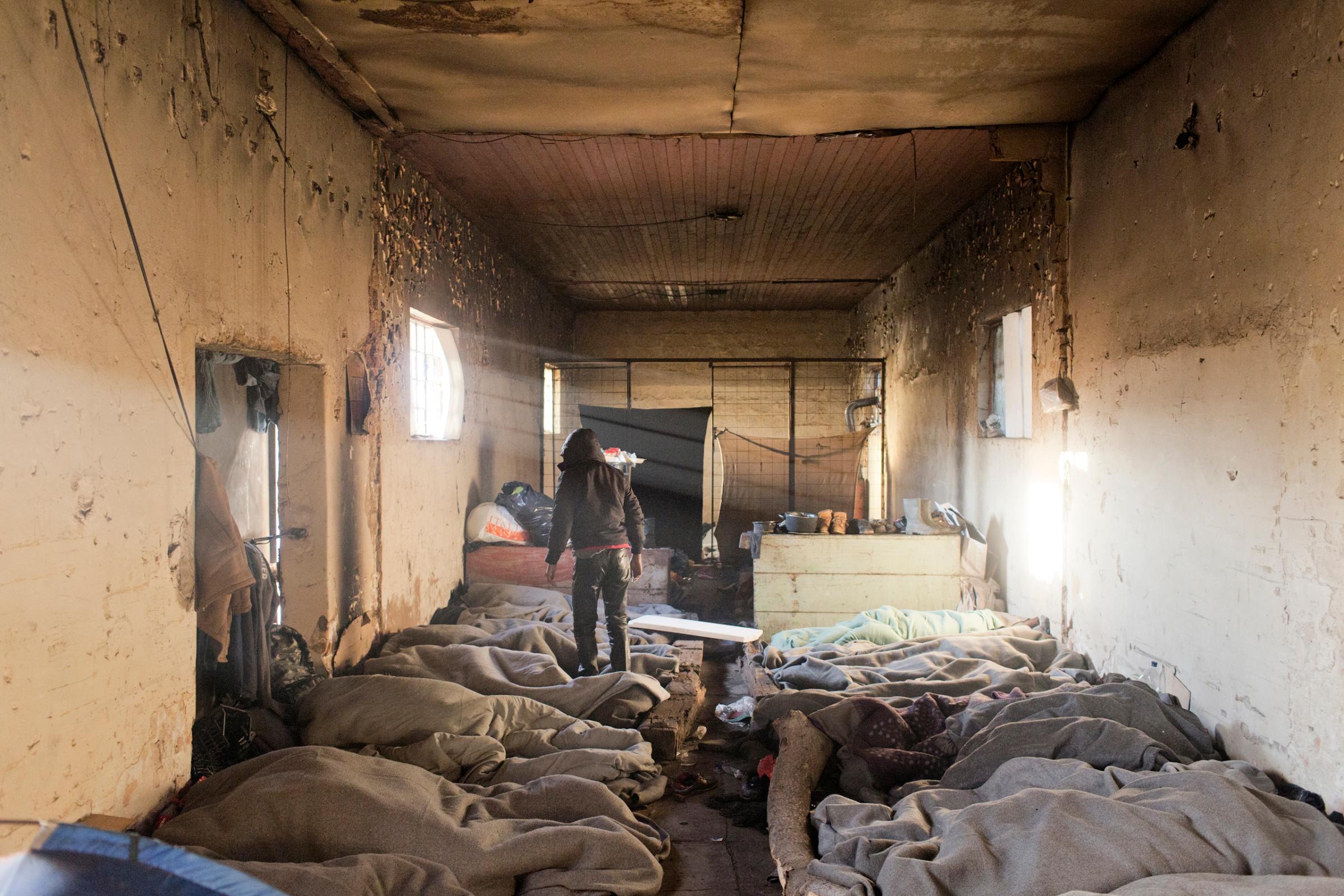


More Must-Reads From TIME
- The 100 Most Influential People of 2024
- Coco Gauff Is Playing for Herself Now
- Scenes From Pro-Palestinian Encampments Across U.S. Universities
- 6 Compliments That Land Every Time
- If You're Dating Right Now , You're Brave: Column
- The AI That Could Heal a Divided Internet
- Fallout Is a Brilliant Model for the Future of Video Game Adaptations
- Want Weekly Recs on What to Watch, Read, and More? Sign Up for Worth Your Time
Contact us at letters@time.com